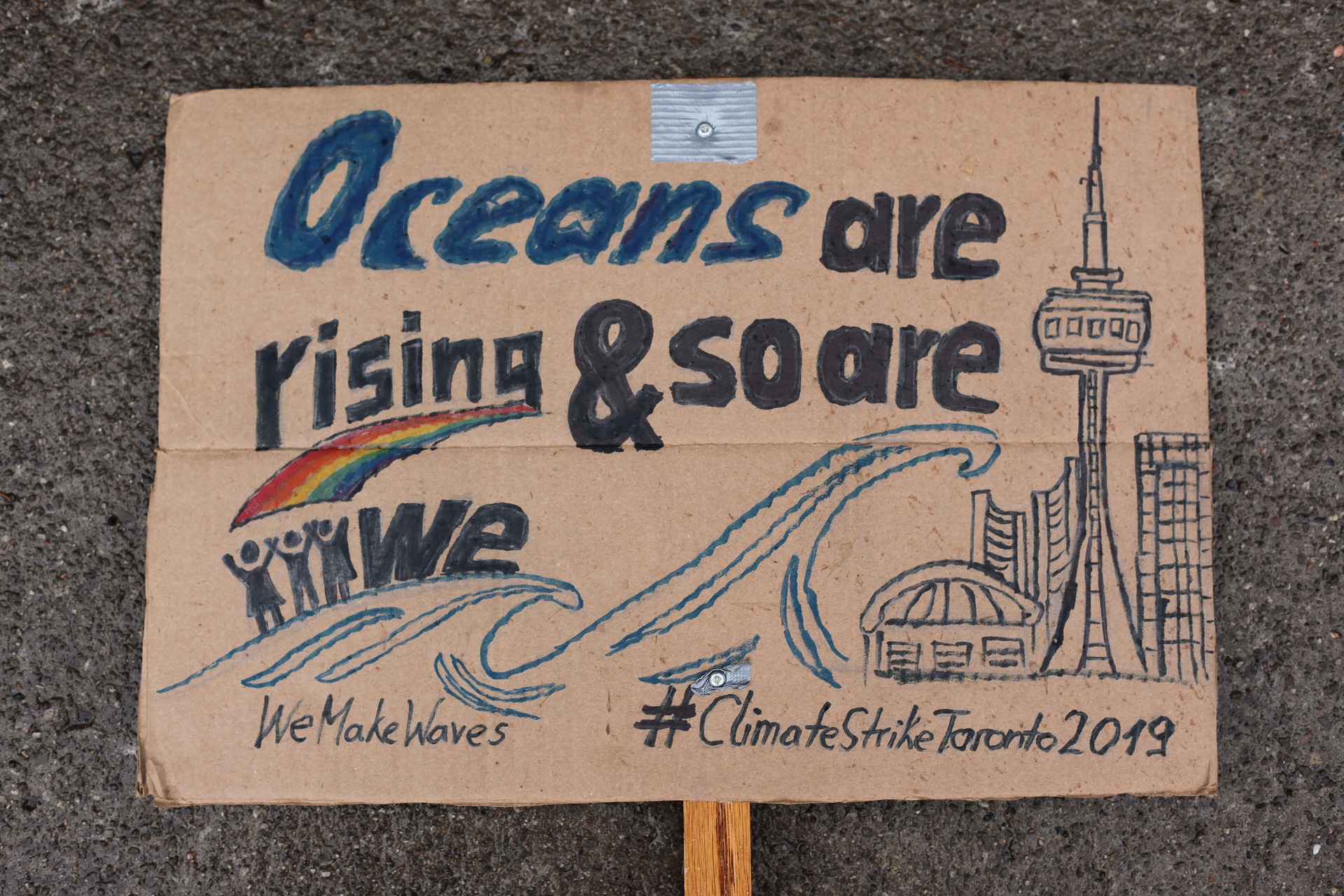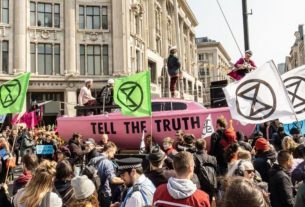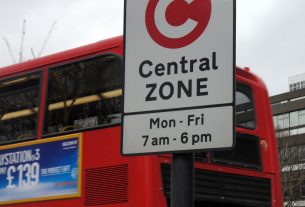This Friday, thousands of people across the globe are set to take to the streets to campaign for action on climate change. Speaking at Washington University in front of an enthusiastic audience, Greta Thunberg called on everyone to join the climate change protests. She ended her speech with the words: “See you on the streets“.
In March of this year, approximately 1.5 million students worldwide took part in climate change protests. Now, organisers are hoping this September’s protests will see even bigger attendances. What’s more, they are calling on adults to join school children and students. Both the Trades Union Congress and Amnesty International have asked workers and teachers to take 30 minutes out of their workday in support of the climate change protests.
Climate Strike – The Objectives
While global warming has, indeed, become an issue for governments and political parties, the Global Climate Strike movement is campaigning for an end to all fossil fuel consumption. In fact, activists like Greta Thunberg believe that climate change is an emergency. Unless governments take a proactive approach, the future of humanity hangs in the balance. Some global initiatives are ongoing, among them, those penned as part of the Paris Climate Accord.
Paris Climate Agreement
Although President Trump pulled the US out of the Paris Climate Agreement in 2017, the targets remain for all other countries who signed up to it. Close to 200 nations agreed to work toward keeping temperature-rises between 1.5-2.00 degree above pre-industrial levels. In addition, nations vowed to review each country’s emissions every five years. Developed nations also committed to helping underdeveloped nations in their fight against climate change. Finally, countries also signed up to strike a balance between global emissions and amounts that the ocean, soil, and trees can process.
What Are the Main Climate Change Effects?
According to National Geographic, the rise in temperature on a global level is having a devastating effect:
- In 1910, there were between 150 to 200 glaciers dotted across the world. This number is now at 30. The ice is melting while sea levels are rising.
- Rising temperatures and sea levels are changing animal habitats all over the world. This year, for instance, polar bears entered a small Russian town in search of food. Some animal populations have fallen into sharp decline.
- Climate change also threatens biodiversity. Animal extinction and loss of plant diversity are accelerating.
- The rise in temperatures also sees some animal species move habitat. Butterflies, for instance, have moved to cooler more northern areas.
- Climate change also means a marked change in weather. While rain and snowfall have increased in some areas, other regions are experiencing severe droughts. This extreme weather leads to flooding, loss of crops, wildfires, shortages of drinking water, and droughts.
- While some species are in decline, some thrive, among them, mosquitos and crop pests.
Climate Change Protests – UK Venues
While governments across the globe are working towards reducing emissions, these initiatives aren’t far-reaching enough for millions of activists. Over the past two years, the global climate strike movement has been gathering momentum. Activists demand urgent and decisive action.
If you want to join in on the climate change protests, you can do so at various locations across the UK. A week of protests is going ahead between the 20 to 27 September chiefly in the big cities including London, Manchester, Leeds, Edinburgh, Cardiff, and Birmingham. Hundreds of small towns and villages are also expecting well-attended protests.




